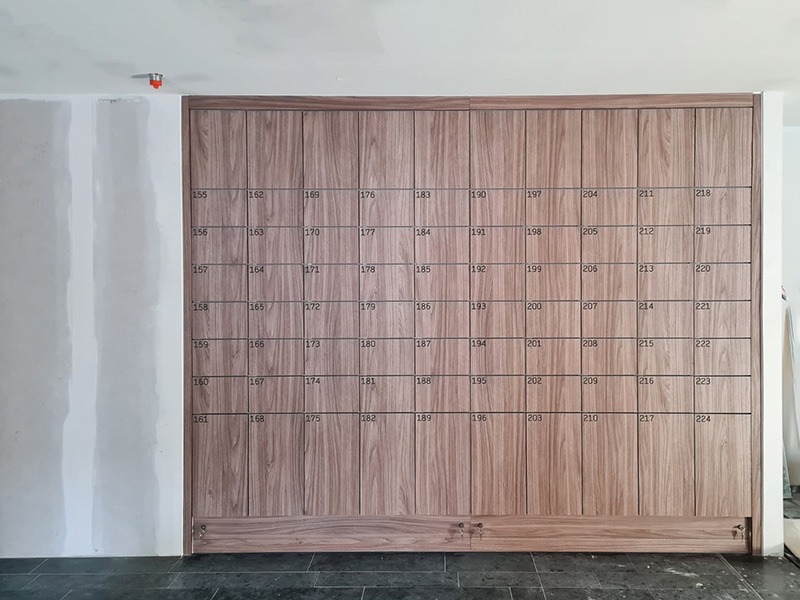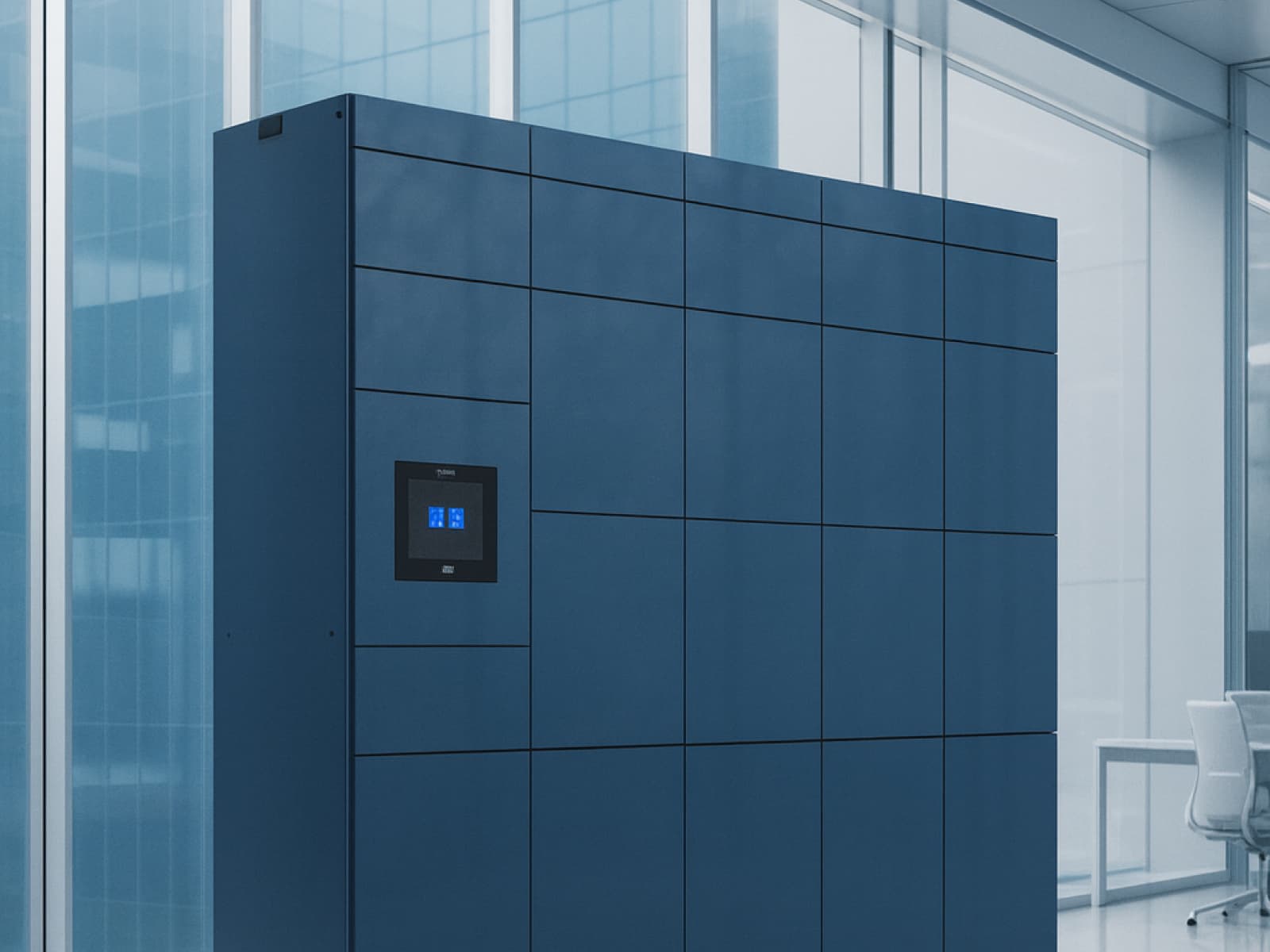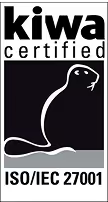Effective locker management has become an essential part of modern facilities, from offices to universities and parcel collection points. With the growth of smart lockers and advanced locker management software, businesses can now transform how they provide secure storage, optimise space, and streamline operations. This article explores how the right locker management system can improve your workplace, enhance user satisfaction, and create a new revenue stream.
What is locker management, and why is it important?
Locker management refers to the oversight and administration of a locker system within an organisation. It covers assigning lockers, monitoring locker usage, ensuring enhanced security, and providing a seamless user experience. Traditional approaches often relied on a spreadsheet or manual key distribution, which created inefficiencies, especially when dealing with a large locker estate.Modern solutions use locker management software to automate allocation, monitor occupancy, and provide real-time data for better decision-making. This helps organisations reduce the number of lockers needed, cut costs, and provide users with secure storage that is easy to manage.
How does a locker management system work?
A locker management system is a digital platform that connects with physical lockers, allowing admins to manage usage centrally. Using a dashboard, they can view the entire locker bank, monitor locker activity, and track occupancy. Admins can assign lockers to employees or visitors, set a duration for access, and even receive an alert when lockers need maintenance.The system provides an audit trail and real-time data for every interaction, ensuring accountability and compliance. This management process removes the hassle of lost keys and allows businesses to manage physical assets more efficiently.

What are the benefits of locker management software?
Locker management software offers several advantages over manual systems. It allows you to:
- Automate allocations with ease
- Track usage through real-time monitoring
- Optimise locker capacity using analytics
- Enhance security and convenience with digital locker locks and smart locks
- Provide a seamless workflow for users and admins
With cloud-based software, organisations can enjoy remote control, updates, and integration with HR systems or facility management tools. The result is a streamlined process that saves time and reduces admin costs.
What is a smart locker system?
A smart locker system uses digital technology and smart locks to provide a flexible locker solution. Instead of relying on traditional lockers with keys, smart lockers enable self-service access using RFID cards, a mobile app, or even biometrics. This ensures security and convenience while supporting different use cases.Smart locker systems are increasingly common in offices, gyms, parcel pick-up points, and universities. They allow users to access lockers with a smartphone or ID card, while organisations can track locker activity and generate usage data for better planning.
How can locker management optimise workplace storage?
In the workplace, lockers are more than just a storage solution. A powerful locker management system helps businesses streamline operations, reduce wasted space, and improve the user experience. For example, by analysing locker usage and occupancy, managers can decide to reduce the number of lockers or redistribute them across sites.This data-driven approach ensures that the right locker management system aligns with company policies and supports employee needs. It also gives full control over the locker estate, making it easier to adapt as organisations grow or change.
How do mobile apps improve locker use?
A mobile app enhances locker use by giving users the ability to book, unlock, and monitor lockers directly from their phones. This provides real-time updates, improves onboarding, and delivers an intuitive user experience.Employees can use the app to collect lockers or return items without contacting an admin. For facilities teams, this integration provides better control and reduces dependency on manual systems, offering security and convenience with minimal effort.
What role do smart locks play in modern lockers?
Smart locks replace mechanical systems with electronic locker locks that support RFID cards, PINs, or biometric entry. They help automate access, improve locker activity tracking, and provide an audit of every interaction.These locks can be integrated with existing lockers or new installations, turning a standard unit into a smart locker. With features like remote control, admins can instantly revoke access, track usage, and ensure enhanced security across the locker bank.
Can lockers be used for parcels and mailrooms?
Yes. Parcel lockers and mailroom systems are growing in popularity. They allow employees or residents to receive a delivery securely without relying on reception staff. Couriers can drop off a parcel, and recipients get a real-time notification via email or smartphone.This locker system creates a workflow that saves time and ensures packages are stored in a safe and secure manner. For businesses, it reduces congestion in reception areas and offers a practical locker solution for busy offices.

How do locker rentals create revenue streams?
Locker rentals are an emerging revenue stream for facilities. Gyms, schools, and even co-working spaces can charge for locker use, either per duration or subscription. With cashless payments integrated into locker management software, organisations can easily manage pricing, availability, and locker access.This model is particularly effective in leisure centres and universities, where a large number of lockers can be monetised while still offering value to users. By offering self-service and cashless payments, the process becomes seamless.
How do you choose the right locker management system?
Choosing the right locker management approach depends on the organisation’s needs. The right locker management system should:
- Provide real-time data and insights
- Offer easy to manage dashboards
- Integrate with HR and facility systems
- Support multiple locker types
- Improve locker usage efficiency
A good system will also be flexible enough to integrate with existing lockers, ensuring you don’t have to replace the entire setup. Ultimately, a powerful locker management system should align with your goals and provide a scalable locker solution.
By adopting modern locker systems, organisations can manage your lockers efficiently, improve security, and provide a better experience for all users.
FAQ about Smart Lockers
How does the Keynius locker system work?
Keynius lockers combine smart electronic locks - smart locks and battery locks - with cloud-based software and optional local controllers via our Smart Home Teacher and Students.
Locks connect via LAN or Bluetooth to the Keynius platform, allowing users to authenticate, open, and manage lockers through touchscreens, RFID, PIN, or mobile app.
Admins control access rights, monitor usage, and configure lockers remotely via the Keynius Portal.
Can I customize the locker design and materials?
Yes. We are the only smart locking provider that owns every part of our supply chain, which includes all components, hardware, cabinetry, and software. This allows us to offer the most customizable smart lockers in the industry.
Lockers are available in multiple materials and colors:
Steel, powder-coated in standard RAL colors.
Wood-based panels with extensive Egger color finishes.
HPL laminate for high-durability indoor/outdoor use.
Outdoor waterproof steel version.
Each locker supports optional side panels, bases, benches, and color branding, or vinyl wrapping, as well as your selection of lock type, connection type, and many other custom add-ons.
Is the platform cloud-based or do I need local servers?
The Keynius platform is fully cloud-managed, requiring no local servers. Hardware like Smart Home Teacher/Student units and Battery Locks connect to the cloud via LAN or Bluetooth and are configured through the Keynius Portal or App.
What authentication/access methods are supported?
Supported authentication methods include:
PIN (capacitive keypad or mobile-assigned)
RFID (MiFare, HID, NFC, Apple Wallet)
Mobile app (BLE) for remote and Bluetooth access
QR code scanning (QR Reader IP65)
Payment terminals can optionally authenticate via debit/credit contactless systems.
How secure is the system and where is the data hosted?
Hardware is certified to CE, FCC, UKCA, and RoHS standards, with IP-rated protection up to IP65 for outdoor units.
Locks feature encryption, motorized mechanisms, and mechanical overrides for fail-safe access.
All data, including access logs and credentials, is stored securely in Keynius’ EU-hosted cloud environment compliant with European data protection standards.
Can Keynius integrate with our existing software?
Yes. The system offers open APIs for integration with HR, facility, payment, or booking systems. Payment terminals support remote configuration through the Terminal API.
View our existing integrations here.
What industries or use cases is Keynius suitable for?
Keynius offers a modular, flexible design which makes it compatible for nearly every industry and use-case.
Our most common sectors include:
- Corporate offices (personal storage, hybrid desks)
- Education (student lockers, IT device storage)
- Logistics and retail (parcel and click and collect)
- Leisure, hospitality, and healthcare (staff or visitor lockers)
What’s included in the setup and onboarding process?
Every project is different and requires its own scope, but we strive to offer a consistent and repeatable solution as much as possible to streamline our effectiveness and the quality of service we're able to deliver.
1. Design phase: Configure cabinet models, lock types, and finishes.
2. Installation: Connect Smart Locks to the Smart Home or cloud (plug-and-play).
3. Software setup: Locker walls created in the Keynius Portal; access rights assigned.
4. Training: Admins and users onboarded via the app guide.
5. Support: Remote monitoring, software updates, and Keynius support line.








%201.svg)
%201.svg)
